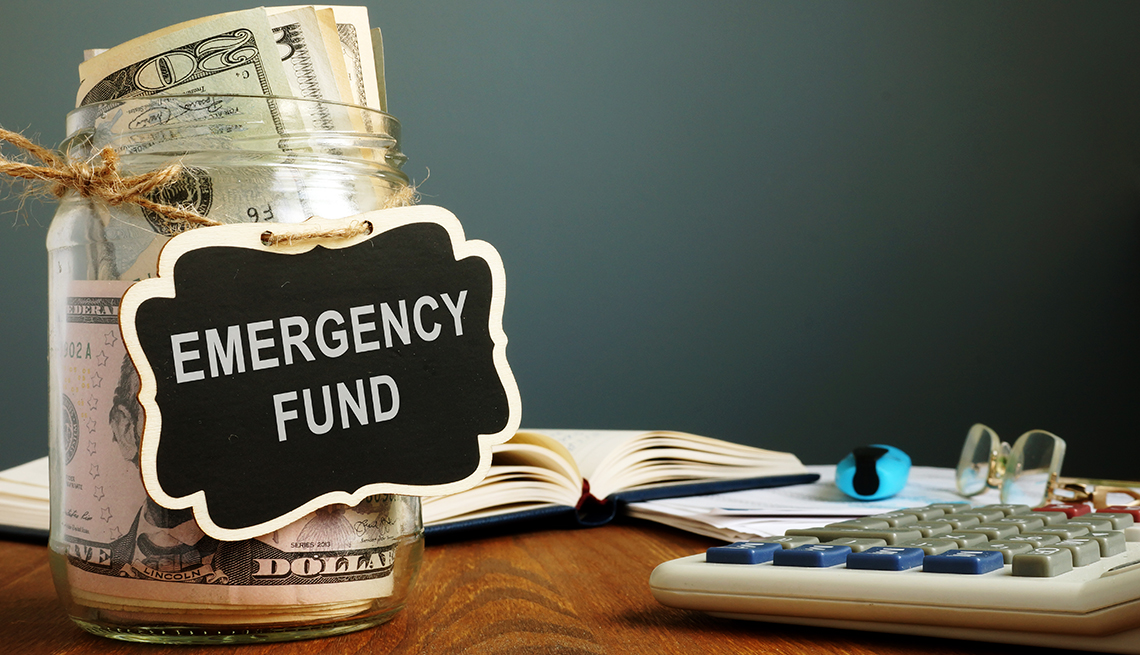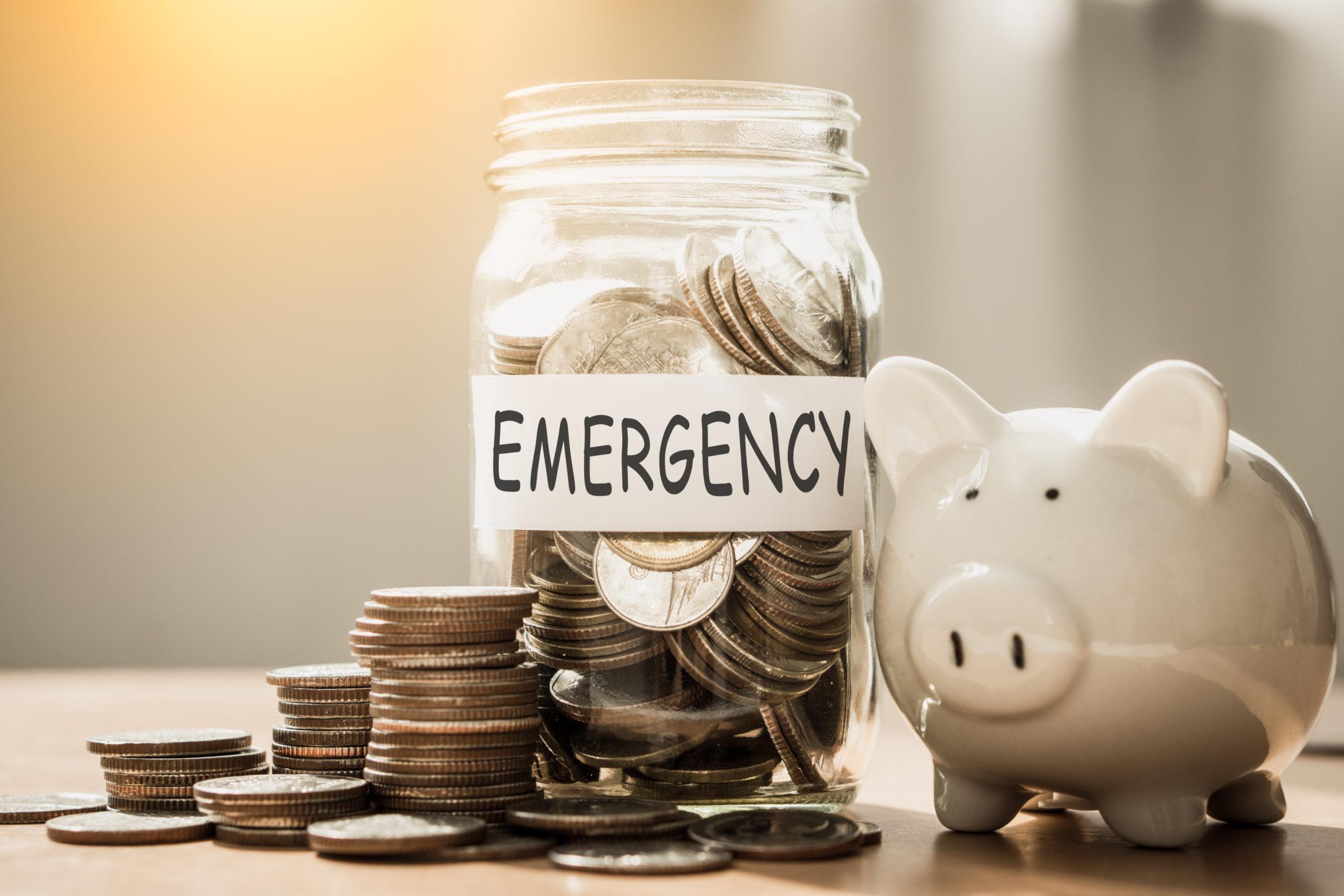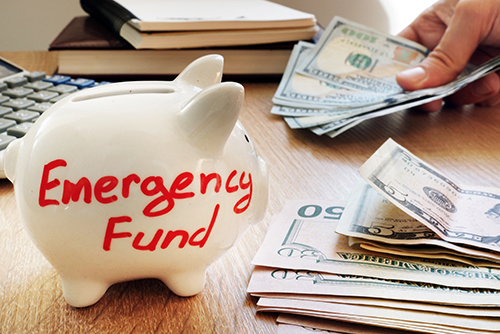Building Your Safety Net: The Ultimate Guide to Emergency Funds
Introduction to Emergency Funds
In today’s unpredictable world, having a financial safety net is more crucial than ever. An emergency fund serves as a financial buffer that can help you manage unforeseen expenses such as medical emergencies, car repairs, or job loss. This article delves into the fundamentals of emergency funds, their significance, how much you should save, and actionable steps to build and grow your fund.

What is an Emergency Fund?
An emergency fund is a dedicated savings account that provides you with quick access to cash during unexpected financial hardships. Unlike regular savings, an emergency fund is solely intended for emergencies, ensuring that you don’t resort to credit cards or loans that can lead to debt.
Key Characteristics of an Emergency Fund:
- Liquid: The funds should be easily accessible without penalties.
- Separate Account: Ideally, your emergency fund should be in a separate account to avoid spending it on non-emergencies.
- Flexible: It should cover a wide range of unforeseen expenses.
Why is Having an Emergency Fund Important?
- Financial Security: An emergency fund provides peace of mind, knowing that you have a cushion to fall back on.
- Debt Prevention: It helps you avoid taking on high-interest debt when unexpected costs arise.
- Improved Financial Health: Having an emergency fund contributes positively to your overall financial well-being.
“Financial freedom is available to those who learn about it and work for it.” – Robert Kiyosaki
How Much Should You Save in Your Emergency Fund?
The amount you need to save in your emergency fund can vary based on your personal circumstances. However, financial experts generally recommend saving three to six months’ worth of living expenses. This range helps ensure that you can cover essential costs like rent, groceries, and utilities during times of financial strain.
Factors to Consider:
- Monthly Expenses: Calculate your fixed and variable monthly expenses.
- Job Security: If you work in a volatile industry, consider saving more.
- Health and Family Needs: Personal health conditions and family responsibilities may also influence the amount you need.
Steps to Build Your Emergency Fund
1. Assess Your Current Financial Situation
Start by evaluating your financial landscape. List all your income sources, fixed expenses, and discretionary spending. This assessment will give you a clear idea of how much you can allocate toward your emergency fund.
2. Set a Savings Goal
Determine how much you want to save based on the recommendations of three to six months’ worth of living expenses. Setting a specific goal will help you stay motivated.
3. Choose the Right Savings Account
Select a high-yield savings account to maximize your interest earnings while keeping your funds easily accessible. Look for accounts with no monthly fees and a competitive interest rate.

4. Automate Your Savings
Set up automatic transfers from your checking account to your emergency fund. Automating your savings helps you save consistently without having to think about it. Even small, regular contributions can add up over time.
5. Review and Adjust Your Fund
Regularly review your emergency fund to ensure it aligns with your current financial situation. As your expenses change or increase, adjust your savings goal accordingly.
Tips for Growing Your Emergency Fund
1. Cut Unnecessary Expenses
Review your monthly budget for areas where you can cut back. Small changes, such as dining out less or canceling unused subscriptions, can free up funds to boost your emergency savings.
2. Take Advantage of Side Hustles
Consider taking on a side job or freelance work to increase your income. Direct any additional earnings toward your emergency fund.
3. Use Windfalls Wisely
When you receive unexpected money, such as tax refunds or bonuses, consider funneling a portion into your emergency fund instead of spending it all.
Common Mistakes to Avoid When Building an Emergency Fund
1. Not Starting Early
Many people procrastinate when it comes to building their emergency fund. The sooner you start, the more time your money has to grow.
2. Keeping Your Fund in a Non-Interest-Bearing Account
Avoid letting your emergency fund sit in a low-interest checking account. Opt for a high-yield savings account that allows your savings to earn interest.
3. Overestimating Your Comfort Zone
It’s essential to be realistic about how much you can save and what constitutes an emergency. Avoid spending your fund on non-emergency expenses.
Stay tuned for the second half of this article, where we will address frequently asked questions about emergency funds and provide additional insights on how to effectively manage and utilize your emergency savings. For more resources, check out Investopedia’s guide on emergency funds.

Frequently Asked Questions (FAQs) About Emergency Funds
1. What qualifies as an emergency expense?
Emergency expenses typically include unexpected medical bills, urgent home or car repairs, job loss, or other financial crises that require immediate attention. Routine expenses, such as planned medical check-ups or car maintenance, do not qualify.
2. How long should it take to build my emergency fund?
The time it takes to build your emergency fund depends on your savings rate and your target goal. On average, if you save a fixed amount each month, you could reach your goal in one to three years. Setting smaller, achievable milestones can make the process less daunting and more motivating.
3. Can I use my emergency fund for non-emergency expenses?
While it’s tempting to dip into your emergency fund for non-emergencies, doing so can undermine its purpose. It’s crucial to stick to using these funds strictly for unexpected situations. If you find yourself using it frequently for non-emergencies, consider reassessing your budget and spending habits.
4. What if I need to withdraw from my emergency fund?
If you have to withdraw from your emergency fund, make sure to replenish it as soon as possible. You can do this by adjusting your budget or setting aside additional funds until your emergency fund is back to its desired level.
5. How can I motivate myself to keep saving?
- Set clear goals: Knowing your target will keep you motivated.
- Track your progress: Visualizing your savings growth can provide a sense of accomplishment.
- Reward yourself: Small rewards for reaching milestones can reinforce positive habits.
Conclusion
Building an emergency fund is one of the smartest financial moves you can make for yourself and your family. It not only safeguards you against unforeseen events but also promotes a sense of financial security. As you embark on this journey, remember that every small step counts. Start today, and make your financial future more resilient.
For more information on financial planning and tips, visit AARP’s guide on saving or check out this comprehensive infographic on emergency funds.

By committing to building your emergency fund, you’re taking control of your financial destiny and laying the groundwork for a more secure future. Remember, financial independence begins with smart planning today. Don’t wait for an emergency to start saving; take the first step now!

